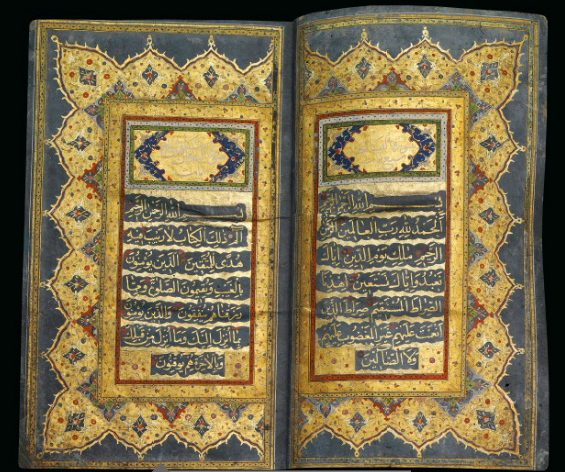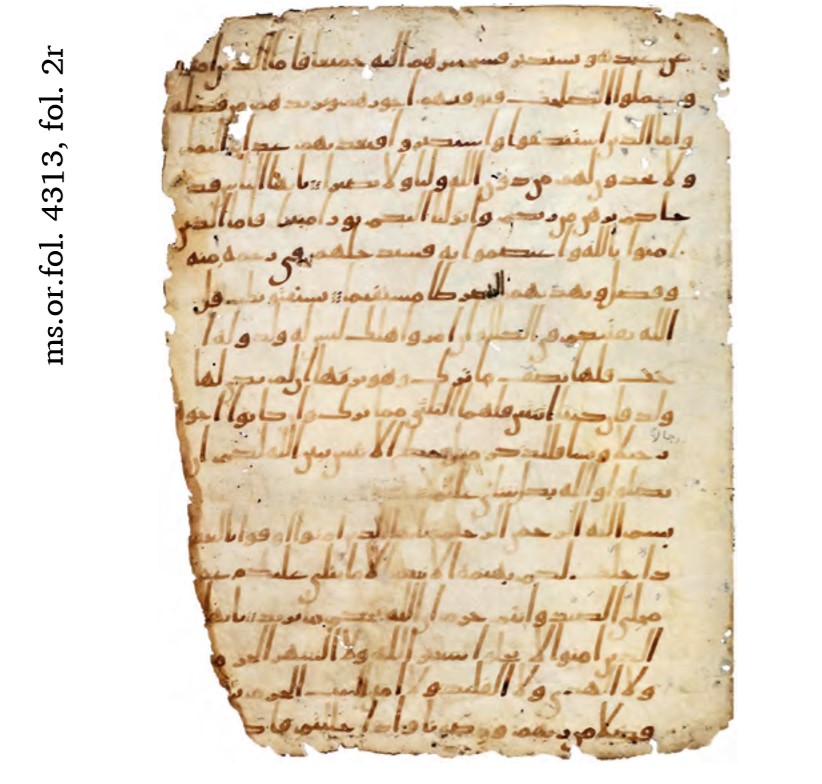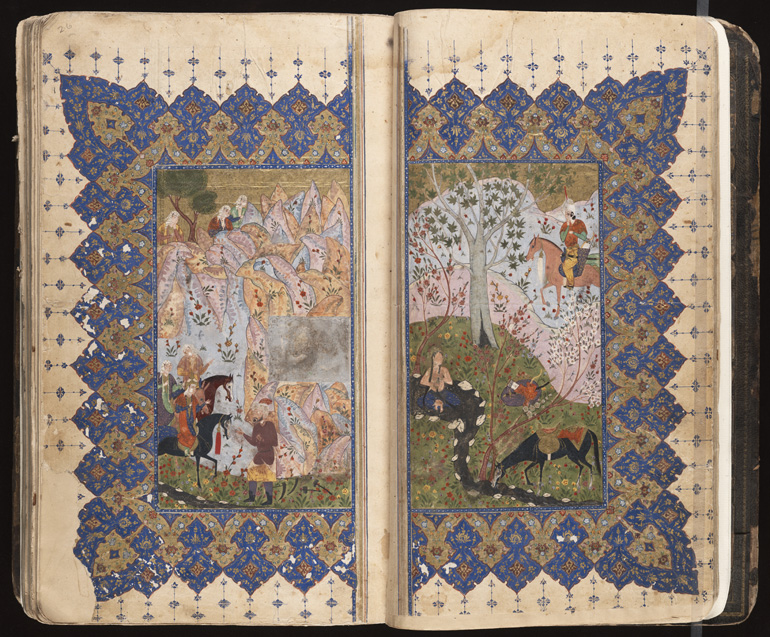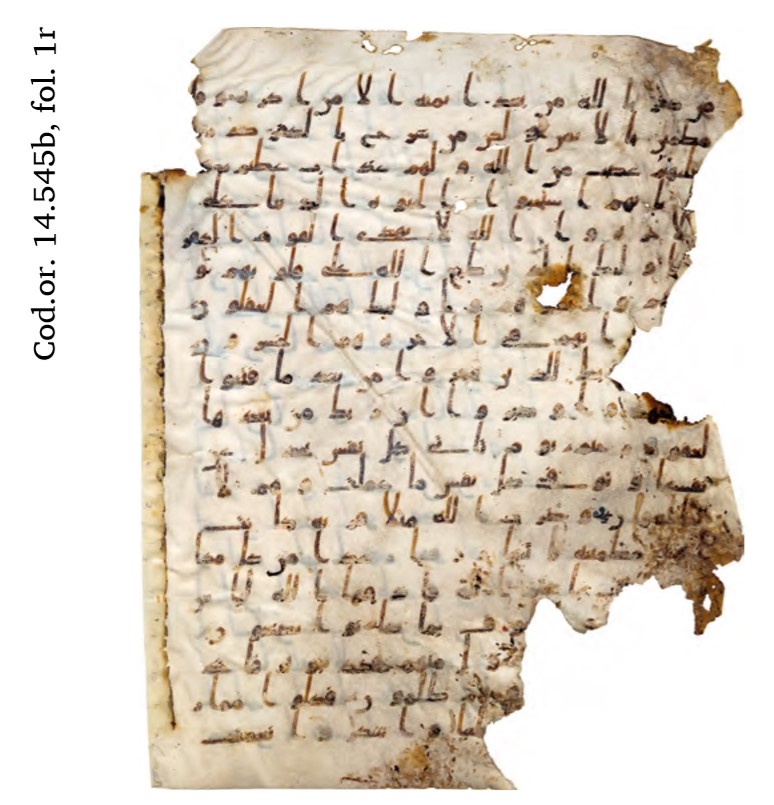The work focuses on papyrus and parchment manuscripts.
coranica.de/front-page-en

However, Dee et al. 2010 showed that, due to Nile Delta growth in spring (which is earlier than in the rest of the hemisphere) an offset of 19 carbon years should be added to results for Egyptian mss.
The manuscript is probably older than 652 CE (97.7% probability).
Data taken from the following paper by Marx, Jocham: uni-frankfurt.de/71728940/EBOOK…


We encourage those interested to read Youssef-Grob's full paper, which we've linked to at the end of this thread.
We find their work impressive and convincing, and we look forward to what conversations arise in academia as a result of this important research.
academia.edu/40203945/Youss…



























































